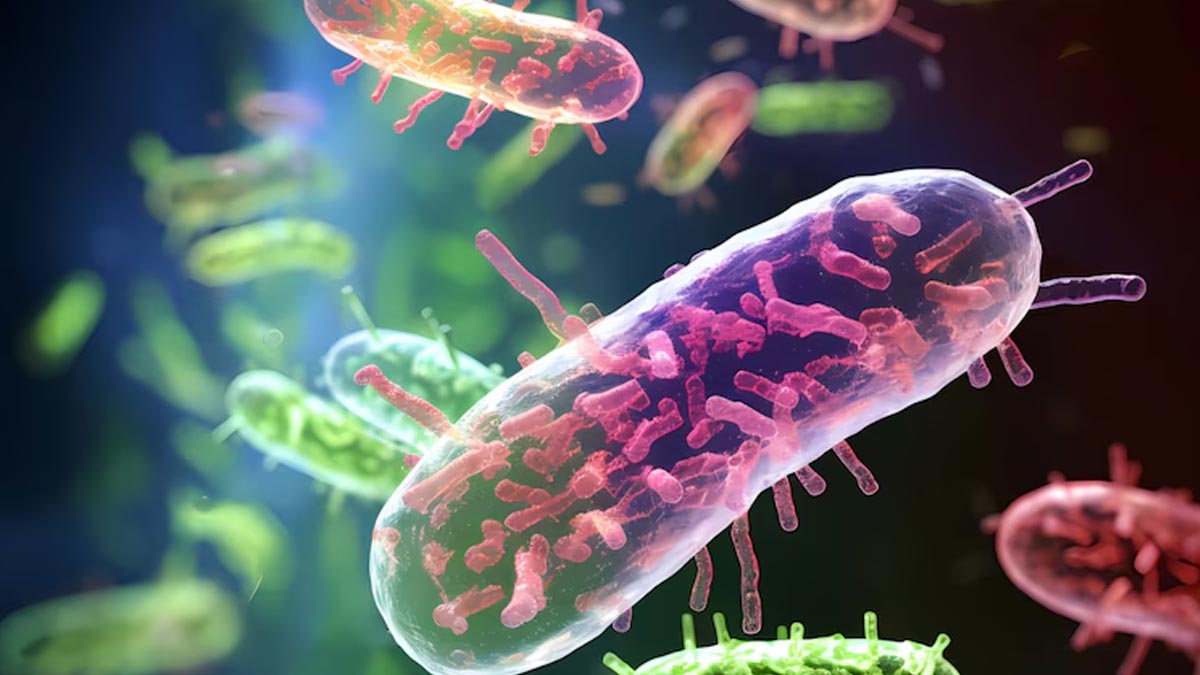
In a development that sounds like the plot of a horror film, Japan is currently grappling with a significant increase in cases of a lethal "flesh-eating" bacterial infection. This alarming rise has caught the attention of health professionals and the general public alike, prompting urgent discussions about its causes, symptoms, and treatments.
Table of Content:-
Japan has reported over 1,000 cases of streptococcal toxic shock syndrome (STSS) since January, surpassing the total number of cases recorded in the entire previous year. This spike has led to heightened concern among health officials and researchers.
Understanding STSS
STSS is a severe disease caused by the bacteria Streptococcus pyogenes. While this bacteria often results in common ailments such as throat infections, it can also lead to a more serious condition known as toxic shock syndrome. This condition can escalate quickly, causing toxic shock and organ failure within days of infection. According to the US Centers for Disease Control and Prevention (CDC), even with treatment, STSS can be fatal, with a mortality rate of up to 30%.

Causes and Transmission
The exact reason for the surge in STSS cases in Japan is currently unclear. Health experts have yet to determine how the bacteria are entering the bodies of nearly half of the affected individuals. Japan's National Institute of Infectious Diseases (NIID) has acknowledged the many unknown factors regarding the mechanisms behind severe streptococcal infections, indicating that more research is needed to fully understand this phenomenon.
STSS is not limited to Japan; it occurs globally at low levels. However, the dramatic increase in Japan has raised concerns about the potential for similar outbreaks in other countries. As of now, other regions, including the US, have not seen a comparable rise in cases.
Also Read: 90 Hajj Pilgrims From India Dead Amid Scorching Heat In Mecca; All About Heat-Related Illnesses
Why STSS is So Deadly
Streptococcus pyogenes, the bacteria responsible for STSS, can reside on the skin without causing illness. However, when it penetrates deeper tissues or the bloodstream, it releases exotoxins that can destroy cells and tissues, leading to the "flesh-eating" description. The rapid progression of the infection can cause organ failure in a matter of days. Initial symptoms like fever, chills, and muscle aches can quickly evolve into more severe conditions such as low blood pressure and organ failure within 24 to 48 hours.
Symptoms and Early Warning Signs
Early symptoms of STSS include fever, chills, muscle aches, nausea, and vomiting. These symptoms can rapidly progress to low blood pressure, increased heart rate, and respiratory distress. In more severe cases, the infection can cause tissue death and multi-organ failure. Prompt medical attention is crucial to manage these symptoms and prevent complications.
Treatment Options
STSS requires immediate hospitalisation. Initial treatment focuses on managing shock and organ failure, with fluid resuscitation being a critical first step. Early administration of antibiotics is essential. Standard treatment typically involves a combination of penicillin and clindamycin. Health professionals should closely monitor patient progress and adjust antibiotic therapy within the first 24-48 hours based on the patient's response. In cases where the infection has spread to deep tissues, surgical intervention may be necessary to remove the infected tissue and prevent the further spread of the bacteria. For severely ill patients, intravenous immunoglobulin (IVIG) can be considered, although its efficacy remains unproven.
Prevention and Risk Factors
STSS is most prevalent among older adults, particularly those over 65, and individuals with underlying health conditions such as diabetes or alcohol use disorders. Open wounds and recent surgeries also increase the risk of developing STSS. Therefore, it is vital for individuals with open wounds to keep them covered and avoid contact with those who have Group A streptococcal infections.
Is STSS Contagious?
While STSS itself is not highly contagious, less severe infections caused by Group A Streptococcus can spread easily through respiratory droplets or direct contact with infected sores. Preventative measures include avoiding contact with infected individuals and seeking prompt treatment for any Group A strep infections.
Bottomline
The sharp rise in STSS cases in Japan is a cause for concern, highlighting the need for increased awareness and research into this deadly infection. Understanding the symptoms, seeking early treatment, and taking preventive measures are crucial steps in managing the spread and impact of this severe bacterial infection. As health experts continue to investigate the causes behind the surge, public health initiatives and personal vigilance remain essential in combating the threat of STSS.
Also watch this video
How we keep this article up to date:
We work with experts and keep a close eye on the latest in health and wellness. Whenever there is a new research or helpful information, we update our articles with accurate and useful advice.
Current Version
